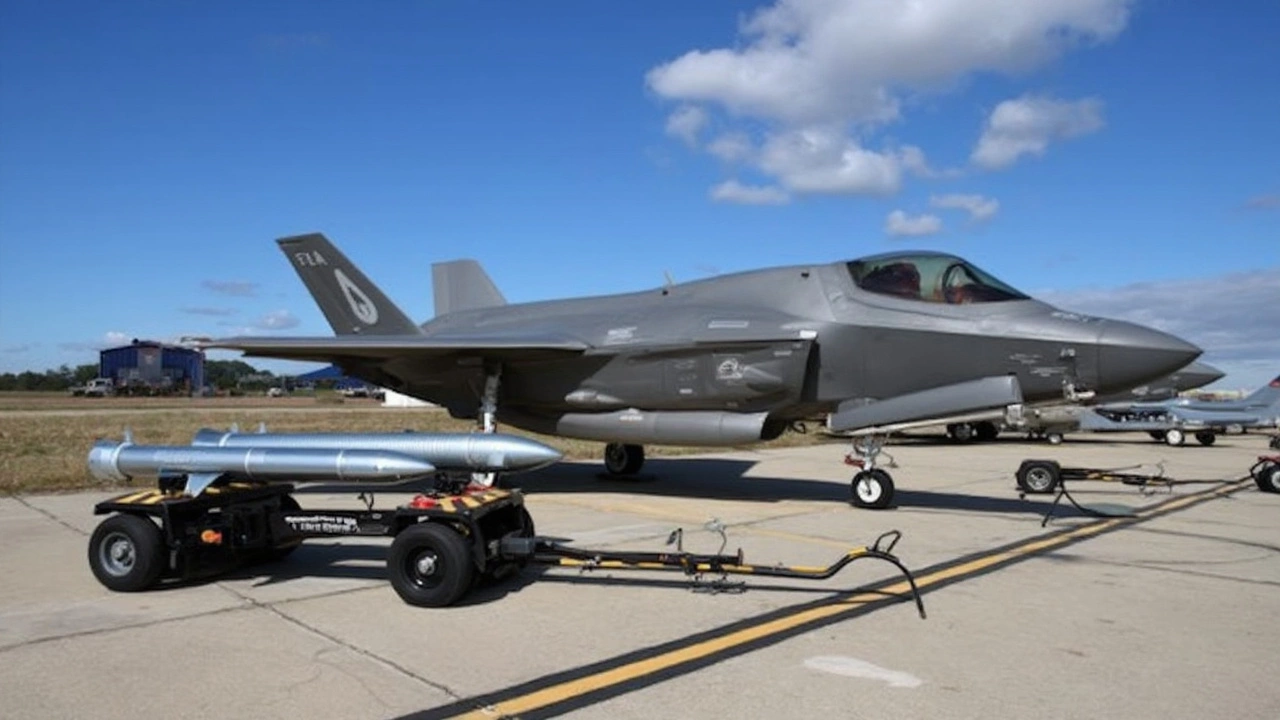UK’s New F-35A Purchase Marks Return to Airborne Nuclear Deterrence
Britain is taking a bold step by buying 12 F-35A Lightning II fighter jets tailored for tactical nuclear missions, a move that puts nuclear capability back in the Royal Air Force’s (RAF) hands for the first time in decades. This marks a significant pivot in the UK’s defense strategy, going back to airborne nuclear delivery last seen when Tornado jets carried the WE 177 nuclear bombs during the Cold War. Fast forward to 2024, these new jets are set to play a starring role in NATO's nuclear deterrence mission, reshaping how the UK approaches threats on the global stage.
The purchase is not just about flying new jets; it’s a signal to both allies and adversaries that the UK is ready to pull its weight in NATO’s Dual Capable Aircraft program. NATO relies on a handful of member nations to keep its nuclear deterrent credible, and now the UK is jumping back in, aiming to provide flexible, airborne options alongside its existing submarine-based nuclear force.
Why the Jets Stir Debate—And Why the Government Chose Them Anyway
This big investment in F-35As is not without controversy. Unlike the F-35B models already in RAF service—the ones that operate from UK aircraft carriers—the F-35A can’t take off or land vertically, nor does it have the short-runway ability the B models do. That means these new jets are strictly ground-based, limiting their flexibility. Plus, the current RAF Voyager refueling tankers can’t refuel the F-35A mid-air, raising concerns about how far these jets can actually fly on missions if they can’t hitch a fuel ride.
Despite these hurdles, the Ministry of Defence is pressing forward. Why? Officials are clear: the stakes have changed. With global tensions running high and Vladimir Putin’s Russia flexing its muscles near NATO’s borders, the government insists it’s essential for the UK to stay at the front of the nuclear technology race. They argue that the F-35A, with its advanced sensors and stealth tech, brings RAF’s nuclear toolkit up-to-date, making it a fitting match for NATO’s evolving strategy.
Labour leader Sir Keir Starmer jumped into the conversation, supporting the purchase but turning attention to the home front. He underscored that any defense spending should go beyond security, boosting jobs and industry in local communities. For him, modern defense contracts aren’t just about buying hardware—they’re about economic investment, skills, and tech jobs that stick around long after the fighter jets are in the sky.
The jets—yet to roll off the Lockheed Martin production line—will be part of a bigger procurement package and, once delivered, will serve right alongside NATO partners already fielding similar aircraft. This move dovetails with NATO’s long-term plan to refresh its nuclear strike aircraft across Europe, making sure the alliance isn’t caught flat-footed should the nuclear balance ever be tested for real.
So, while the F-35A purchase has critics raising eyebrows over operational limits, the government is betting big on the message it sends: that the UK is still serious about deterrence, and willing to adapt its air power for a world where nuclear brinkmanship is making an uncomfortable comeback.
